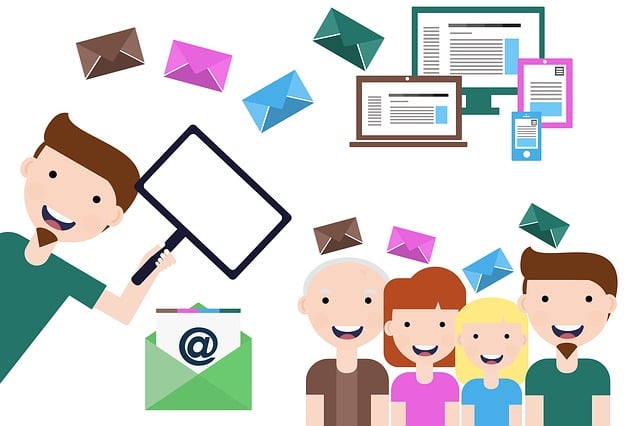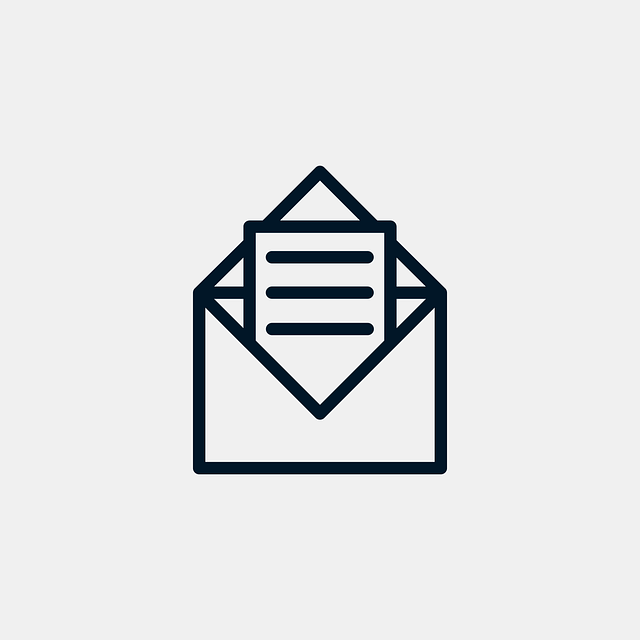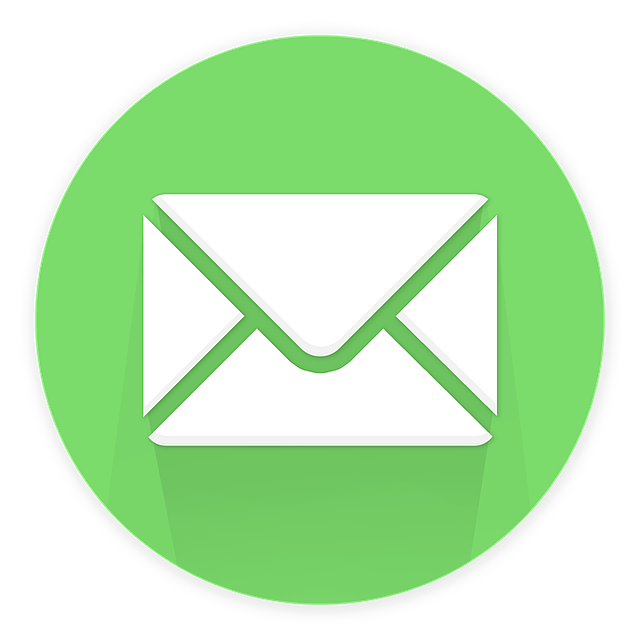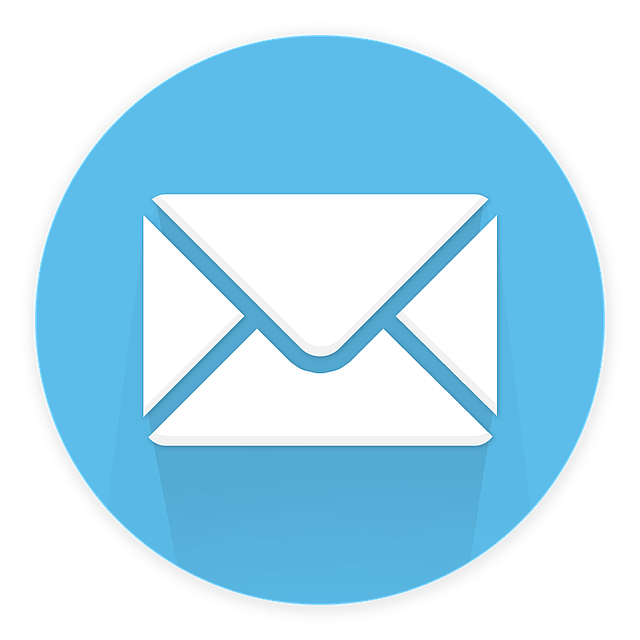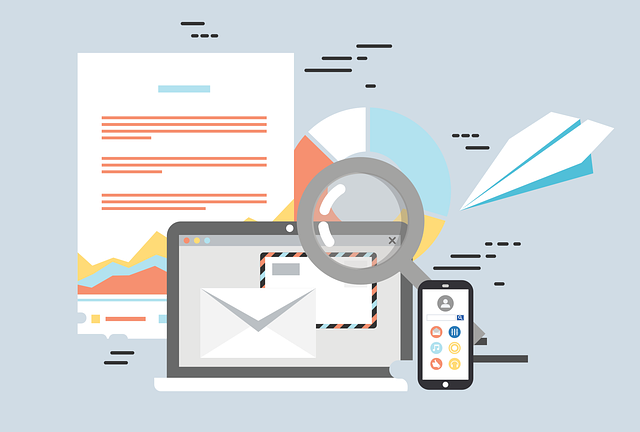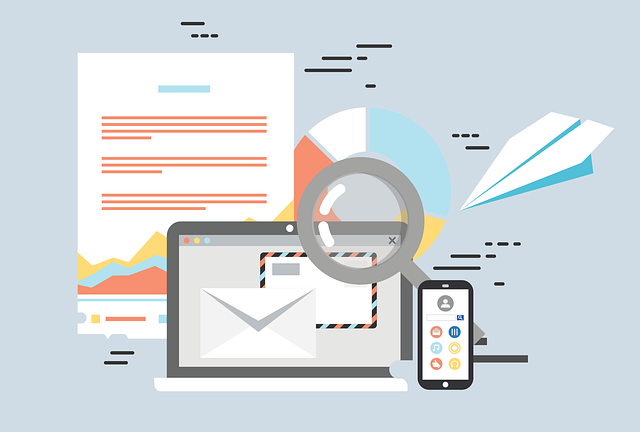Did you know that email marketing can significantly boost your app’s visibility and downloads in the app store? In fact, studies have shown that email marketing is one of the most effective strategies for app store optimization (ASO).
With the right email marketing practices in place, you can reach a wider audience, build a loyal user base, and ultimately increase your app’s rankings and conversions.
But how do you achieve email marketing success for ASO? In this article, we will explore the best practices that will help you optimize your email marketing efforts for app store success.
From conducting market research and building an email list to crafting compelling email content and testing and optimizing your campaigns, we will guide you through the entire process.
So, if you’re ready to take your app store optimization to the next level, let’s dive in!
Key Takeaways
- Utilize email automation tools for efficient and targeted communication with subscribers
- Craft compelling and personalized email content to improve user engagement and conversions
- Segment your email list for better targeting and increased engagement
- Regularly monitor and analyze email metrics to optimize campaigns and make data-driven decisions
Conduct Market Research
When conducting market research, it’s essential to analyze competitors’ strategies and identify key trends in order to optimize your app store presence.
Start by conducting a thorough market analysis to understand the landscape and identify gaps and opportunities for your app. Look at your competitors’ app descriptions, keywords, and user reviews to gain insights into what’s working and what can be improved upon.
Additionally, take the time to identify your target audience and understand their needs and preferences. This’ll help you tailor your app store optimization (ASO) strategies to attract and engage the right users.
Once you have a solid understanding of the market and your target audience, you can move on to the next step of building an email list seamlessly.
Build an Email List
To boost your app’s visibility and increase user engagement, start by creating a kickass email list. Building an email list allows you to reach out to potential users directly and stay connected with your existing ones. But how do you go about it? First, consider using email automation tools to streamline the process and save time. These tools can help you segment your audience, personalize your emails, and schedule automated campaigns. Second, ensure high email deliverability by using a reputable email service provider and following best practices, such as avoiding spam trigger words and regularly cleaning your list. Lastly, consider incorporating a 3×3 table to illustrate the benefits of building an email list. With a strong email list in place, you can now move on to crafting compelling email content that engages and converts your audience.
Craft Compelling Email Content
Crafting compelling email content is crucial for engaging your audience and driving them to take action. To grab their attention, use attention-grabbing subject lines that pique their curiosity and make them want to open your email.
Personalize your messages to make your subscribers feel valued and connected, and include clear call-to-actions that guide them towards the desired action, whether it’s making a purchase or signing up for a newsletter.
By following these best practices, you can maximize the effectiveness of your email marketing campaigns and achieve better results.
Use Attention-Grabbing Subject Lines
Using attention-grabbing subject lines is crucial for maximizing the impact of your email marketing campaigns. Subject line optimization strategies play a crucial role in capturing the recipient’s attention and enticing them to open your email.
To make your subject lines compelling, consider using subject line examples like ‘Limited Time Offer: Get 50% off Today Only!’ or ‘Don’t Miss Out on Our Exclusive App Features!’ These examples create a sense of urgency and curiosity, making recipients eager to learn more.
Additionally, keep your subject lines concise and to the point, avoiding any ambiguity. By using attention-grabbing subject lines, you can significantly increase your open rates and ultimately drive more downloads for your app.
Continue to the next section to learn how to personalize your email messages to further enhance your email marketing strategy.
Personalize Email Messages
Imagine receiving an email that feels like it was written just for you, with personalized content that speaks directly to your interests and needs. Personalizing email messages is a powerful strategy for app store optimization (ASO).
By customizing the email templates, you can create a more engaging and relevant experience for your subscribers. Here are three email personalization strategies you can implement:
-
Use dynamic content: Tailor your email content based on subscriber data, such as their location, past purchases, or browsing behavior.
-
Segment your audience: Divide your subscriber list into smaller groups based on demographics, preferences, or engagement levels. This allows you to send targeted emails that resonate with each segment.
-
Utilize personalization tokens: Insert personalization tokens in your emails, such as the subscriber’s name or purchase history. This adds a personal touch to your messages and makes them feel more individualized.
By personalizing your email messages, you can boost engagement and increase the chances of conversions.
In the next section, we will discuss the importance of including clear call-to-actions.
Include Clear Call-to-Actions
To effectively engage your audience and boost conversions, it’s crucial to include clear call-to-actions in your email marketing campaigns. A well-designed and compelling call-to-action can direct your users to take the desired action, such as downloading your app or making a purchase. By using concise and persuasive language, you can motivate your audience to take immediate action. For example, you can use phrases like "Get Started Now" or "Claim your Exclusive Offer Today" to create a sense of urgency. To evoke emotion and capture your audience’s attention, consider using a 2 column and 3 row table that showcases the benefits of your app or the exclusive deals you’re offering. By incorporating clear call-to-actions, you’ll not only increase conversions but also improve user engagement. Now, let’s move on to the next step and learn how to segment your email list for better targeting.
Segment Your Email List
By segmenting your email list, you can effectively target specific groups of users and tailor your app store optimization (ASO) strategies to their preferences and needs, maximizing the chances of conversion.
Here are four reasons why customer segmentation and email automation are crucial for successful email marketing:
-
Personalization: By dividing your email list into segments based on demographics, behavior, or preferences, you can deliver highly personalized messages that resonate with each group.
-
Increased engagement: Sending targeted emails that are relevant to each segment increases open rates, click-through rates, and overall engagement with your app.
-
Improved conversion rates: By understanding the unique needs and pain points of different segments, you can craft compelling call-to-actions that drive users to take the desired actions.
-
Time and cost efficiency: With email automation, you can easily set up triggered campaigns that send personalized emails based on specific user actions or events, saving you time and effort.
By implementing customer segmentation and email automation, you can optimize your email campaigns for better results.
Now, let’s explore how testing and optimizing your email campaigns can further enhance your ASO strategies.
Test and Optimize Your Email Campaigns
Now that you have segmented your email list, it’s time to take your email marketing to the next level by testing and optimizing your email campaigns. A/B testing is a powerful tool that allows you to compare different elements of your emails to see which ones perform better. By testing different subject lines, email designs, and call-to-action buttons, you can gather valuable insights about what resonates with your audience and drives conversions. Once you identify the winning elements, you can optimize your future campaigns for maximum impact. Incorporating a 2 column and 5 row table can help you organize and compare your test results, making it easier to identify trends and make informed decisions. So let’s dive in and start optimizing your email campaigns for better conversion rates. In the next section, we will discuss how to monitor and track your results to further improve your email marketing strategy.
Monitor and Track Your Results
To effectively monitor and track the results of your email campaigns, make use of email analytics tools. These tools provide valuable insights into open rates, click-through rates, and conversion rates. They will help you understand what’s working and what needs improvement in your email marketing strategy.
Based on the performance metrics, adjust your strategy accordingly to optimize your campaigns and achieve better results.
Use Email Analytics Tools
Utilizing email analytics tools can significantly enhance your understanding of user engagement and optimize your app store optimization efforts. By analyzing email engagement metrics such as open rates, click-through rates, and conversion rates, you can gain valuable insights into the effectiveness of your email marketing campaigns. Additionally, email deliverability metrics can help you identify any issues with your email deliverability, such as high bounce rates or spam complaints, allowing you to take corrective actions and improve your overall email performance.
To help you visualize and interpret these metrics, you can use email analytics tools that provide comprehensive reports and data visualizations. These tools allow you to track the success of your email campaigns over time, compare performance across different segments or campaigns, and identify areas for improvement. By regularly monitoring and analyzing these metrics, you can make data-driven decisions to optimize your email marketing strategies and drive better results.
With a deeper understanding of your email performance, you can then adjust your strategy based on performance metrics to further enhance your app store optimization efforts.
Adjust Your Strategy Based on Performance Metrics
By analyzing performance metrics, you can fine-tune your strategy and achieve even better results for your app.
One important metric to consider is email open rates. It’s crucial to track how many recipients are actually opening your emails.
If you notice a low open rate, you may need to adjust your email frequency. Sending emails too frequently can lead to fatigue and disengagement from your audience.
On the other hand, if your open rates are high, it may indicate that your content is resonating well with your subscribers. In this case, you can consider sending emails more frequently to capitalize on their interest.
Regularly analyzing these metrics will help you strike the right balance and optimize your email marketing strategy for maximum effectiveness.
Frequently Asked Questions
How can I determine the target audience for my email marketing campaign?
To identify your target audience for an email marketing campaign, effective segmentation is crucial. By dividing your audience based on demographics, interests, and behavior, you can tailor your messages to resonate with specific groups.
But you might be thinking, "How do I know which segments are most valuable?" Well, analyzing customer data, conducting surveys, and using analytics tools can help you understand your audience’s preferences and behaviors. This understanding will allow you to create personalized and impactful email campaigns.
What are some effective strategies for building an email list from scratch?
To build an email list from scratch, focus on building relationships and lead generation. Start by creating valuable content and offering it as an incentive for visitors to sign up.
Use social media platforms to promote your content and capture email addresses. Collaborate with influencers or industry experts to reach a wider audience.
Additionally, optimize your website for lead generation through strategically placed opt-in forms and pop-ups.
Consistently engage with your subscribers to nurture the relationship and keep them interested in your brand.
How can I create engaging and personalized email content that resonates with my subscribers?
To create engaging email content that resonates with your subscribers, focus on personalization techniques.
Start by segmenting your email list based on demographics, interests, and past behavior. Use this information to tailor your content to each segment’s preferences and needs.
Incorporate personalized subject lines, greetings, and recommendations to grab their attention.
Additionally, make your emails visually appealing with eye-catching designs and relevant images.
Finally, include a clear call-to-action to encourage subscriber engagement and conversions.
Are there any specific criteria or factors to consider when segmenting my email list?
When segmenting your email list, it’s crucial to consider various criteria and factors.
Start by analyzing demographics, such as age, location, and gender, to tailor your content accordingly.
Additionally, consider subscribers’ past interactions, purchase history, and preferences. This data will help you create targeted campaigns that resonate with your audience, increasing engagement and conversions.
Personalized email content is vital for building strong connections with your subscribers and driving the success of your email marketing efforts.
What are some key metrics or indicators that I should monitor to track the success of my email marketing campaigns?
To gauge the success of your email marketing campaigns, keep a close eye on email marketing metrics like open rates. Think of open rates as the breadcrumbs that lead you to engagement.
By monitoring these rates, you can identify what’s working and what’s not, allowing you to make necessary improvements. Experiment with compelling subject lines, personalized content, and optimal timing to boost open rates and maximize the impact of your campaigns.
Conclusion
Congratulations! You’ve reached the end of this article on email marketing best practices for app store optimization (ASO). By following these steps, you’ll be well on your way to boosting your app’s visibility and driving downloads.
Remember, conducting market research and building an email list are essential starting points. Craft compelling email content, segment your list, and test and optimize your campaigns for maximum impact.
Lastly, monitor and track your results to continuously improve. Start implementing these strategies today, and watch your app soar to new heights!

